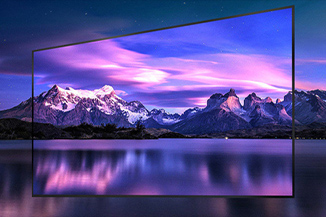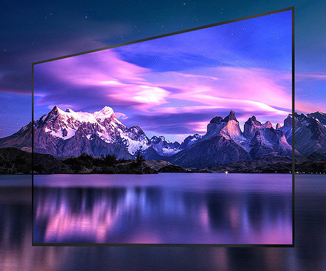Publisher: Supplier of LED Display Time: 2023-05-05 18:54 Views: 1982
LED displays are widely used modern electronic display devices, and their performance and characteristics are not only related to their hardware design, but also closely related to their parameter indicators. Therefore, understanding and mastering the various parameter indicators of LED displays is of great significance for choosing, using, and maintaining LED displays. So, what are the main parameters of LED displays, what do they represent, and how are they calculated and evaluated?Next, LCF sent the editor to take everyone to take a look!

1. Pixel pitch
Pixel pitch refers to the distance between adjacent pixels on the LED display. By reducing the pixel pitch, the display effect and image quality can be improved. Common pixel pitches include P2, P3, P4, etc.
2. Brightness
Brightness refers to the maximum brightness per square meter of the LED display. The unit of brightness is cd/m², and the unit brightness represents the luminosity per square meter in each square meter. The higher the brightness, the better the display effect. The common brightness range is 500~8000 cd/m².
3. Gray scale
Gray scale refers to the number of colors that the LED display can present in a certain interval. The higher the gray scale value, the smoother the screen's gradient effect. The unit of gray scale is bit, usually 8 bits or 16 bits. The common gray scale range is 4096~65536 levels.
4. Refresh rate
The refresh rate refers to the number of times the LED display updates the image per second. The higher the refresh rate, the smoother the display effect. Common refresh rates include 60Hz, 120Hz, 240Hz, etc.
5. Viewing angle
The viewing angle refers to the degree angle from the front of the LED display within which the display content can still be viewed clearly and brightly. The larger the viewing angle, the wider the range of viewing can be. The common horizontal and vertical viewing angle range is about 140°.
6. Color
The color of an LED display refers to the range of colors that the display can present. Generally speaking, the color of an LED display can be described by its color gamut. The color gamut represents the collection of all visible colors in a certain color space. The wider the color gamut of an LED display, the richer the displayed colors and the more realistic the color effect. Usually, the color gamut of an LED display is sRGB, NTSC, etc.
In summary, mastering the various parameter indicators of LED displays is extremely important for choosing, using, and maintaining LED displays. Understanding the meaning and calculation methods of these parameters can help users better understand and evaluate the performance and characteristics of LED displays to meet the application requirements of different occasions and needs.
The above is a summary of relevant knowledge about LED display parameters compiled by LCF Xiaobian. I hope it will be helpful to you. At the same time, you are welcome to add or correct. Lianchengfa (LCF) is a national-level professional and new "little giant" enterprise, a LED display application and solution provider integrating "hardware + software + content + interaction". Friends who need to buy LED displays can also directly contact LCF LED display manufacturer, a big country brand, trustworthy!









